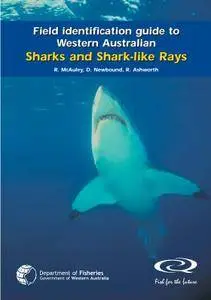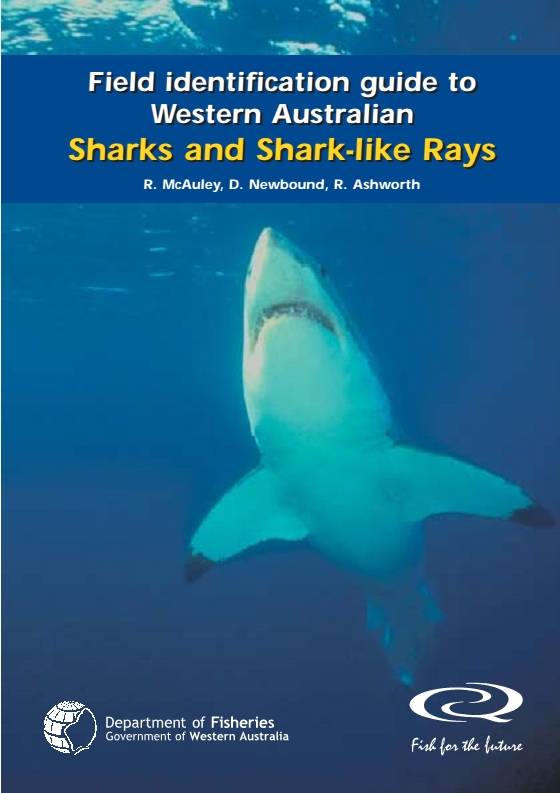R. McAuley, D. Newbound, R. Ashworth, "Field identification guide to Western Australian Sharks and Shark-like Rays"
Department of Fisheries | 2002 | ISBN: 1877098035 | English | PDF | 36 pages | 0.5 Mb
Department of Fisheries | 2002 | ISBN: 1877098035 | English | PDF | 36 pages | 0.5 Mb
Sharks and their relatives (the skates, rays and chimeras) are a highly diverse group of fish that evolved over 400 million years ago. These fish (collectively called Chondrichthyes) are characterised by a cartilaginous skeleton; multiple gill openings; skin covered with modified teeth instead of scales and external male reproductive organs. Over 160 species of sharks are known to inhabit Australian seas, although new species continue to be discovered. Sharks have been so evolutionarily successful thatthey inhabit all aquatic habitats: from freshwater rivers and lakes to ocean depths of thousands of metres.
As ‘apex predators’, many shark species occupy the very top level of the food chain and thereby play an essential role in maintaining the health of the marine environment. As well as their environmental importance, sharks provide a valuable resource for both the fishing and tourism industries, and chemical compounds derived from shark products are being examined for their potential pharmaceutical uses, particularly for cancer and arthritis treatments.
Despite their significance, sharks are a poorly understood group which urgently require further scientific study. As a first step, this guide is intended to improve the standard of identification and shark-catch reporting in Western Australia’s widespread and varied fisheries. The information that we hope you will be able to provide is crucial in ensuring that these species survive into the future.





